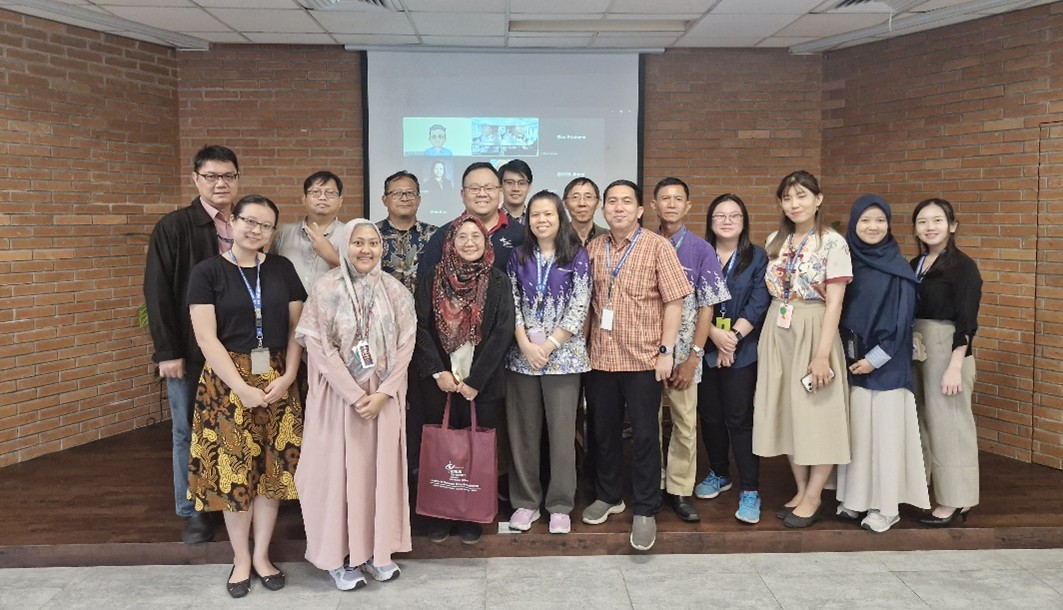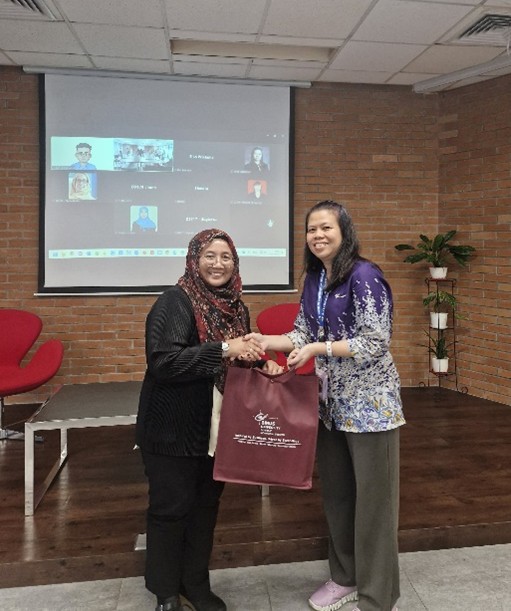Workshop The Research Trends in Information Systems Security
On February 13, 2025, a workshop for lecturers was held at the School of Information Systems, featuring Prof. Dr. Rosilah Hassan, a distinguished Professor in Mobile Communication from Malaysia, as the speaker. The workshop focused on the latest research trends in information system security, covering key areas of cybersecurity, emerging research directions, and specific opportunities in IoT security, cloud security, and blockchain security. The session began with an overview of eight essential topics in information system security, each crucial in safeguarding digital infrastructures. Network security involves securing computer networks through firewalls, intrusion detection, and secure communication protocols. Authentication and access control ensure system security through password policies, biometrics, and multi-factor authentication. Cryptography plays a vital role in securing data in transit and storage through encryption techniques. As cloud computing continues to expand, cloud security has become a critical field that deals with securing cloud storage, computing, and applications. With the growing reliance on mobile devices, mobile security focuses on protecting mobile applications, device management, and secure communication. Incident response plays a crucial role in detecting, investigating, and mitigating security threats. Risk management aims to identify, analyze, and mitigate risks that threaten information systems, while compliance and regulations focus on ensuring adherence to cybersecurity laws and policies.
The workshop also highlighted six emerging research trends in information system security. AI and machine learning in security are being extensively explored to enable automated threat detection and response in real-time. Blockchain security is gaining attention for its ability to provide secure and transparent transactions, preventing data manipulation. With the rapid expansion of IoT devices, IoT security has become a significant research area, focusing on security protocols and standards to protect connected devices and the data they transmit. Cloud security remains a major concern as organizations continue to shift toward cloud-based services, necessitating secure architectures and data protection mechanisms. Cyber threat intelligence is another crucial field that leverages real-time data and predictive analytics to detect and mitigate security threats. Lastly, privacy and data protection research focuses on safeguarding personal data from unauthorized access and misuse, addressing growing concerns over digital privacy.
In addition, the workshop explored specific research opportunities within distinct cybersecurity domains. In IoT security, potential research topics include developing secure authentication and access control mechanisms, designing secure communication protocols, securing IoT firmware, building a secure IoT ecosystem, implementing machine learning-based security systems, and ensuring privacy protection for IoT devices. Within cloud security, research areas involve secure data storage mechanisms, access control models, robust cloud architectures, machine learning applications in cloud security, privacy-preserving cloud systems, and secure cloud backup and disaster recovery strategies. Meanwhile, blockchain security research focuses on securing smart contracts, enhancing private and public blockchain security frameworks, and implementing machine learning-based security solutions for blockchain environments.
The workshop concluded with an emphasis on the future of information system security, which will be shaped by emerging technologies such as edge computing, 5G connectivity, AI integration, blockchain advancements, and sustainability efforts. As cyber threats continue to evolve, continuous research in these areas is essential to strengthen cybersecurity measures and protect digital infrastructures from potential attacks.




